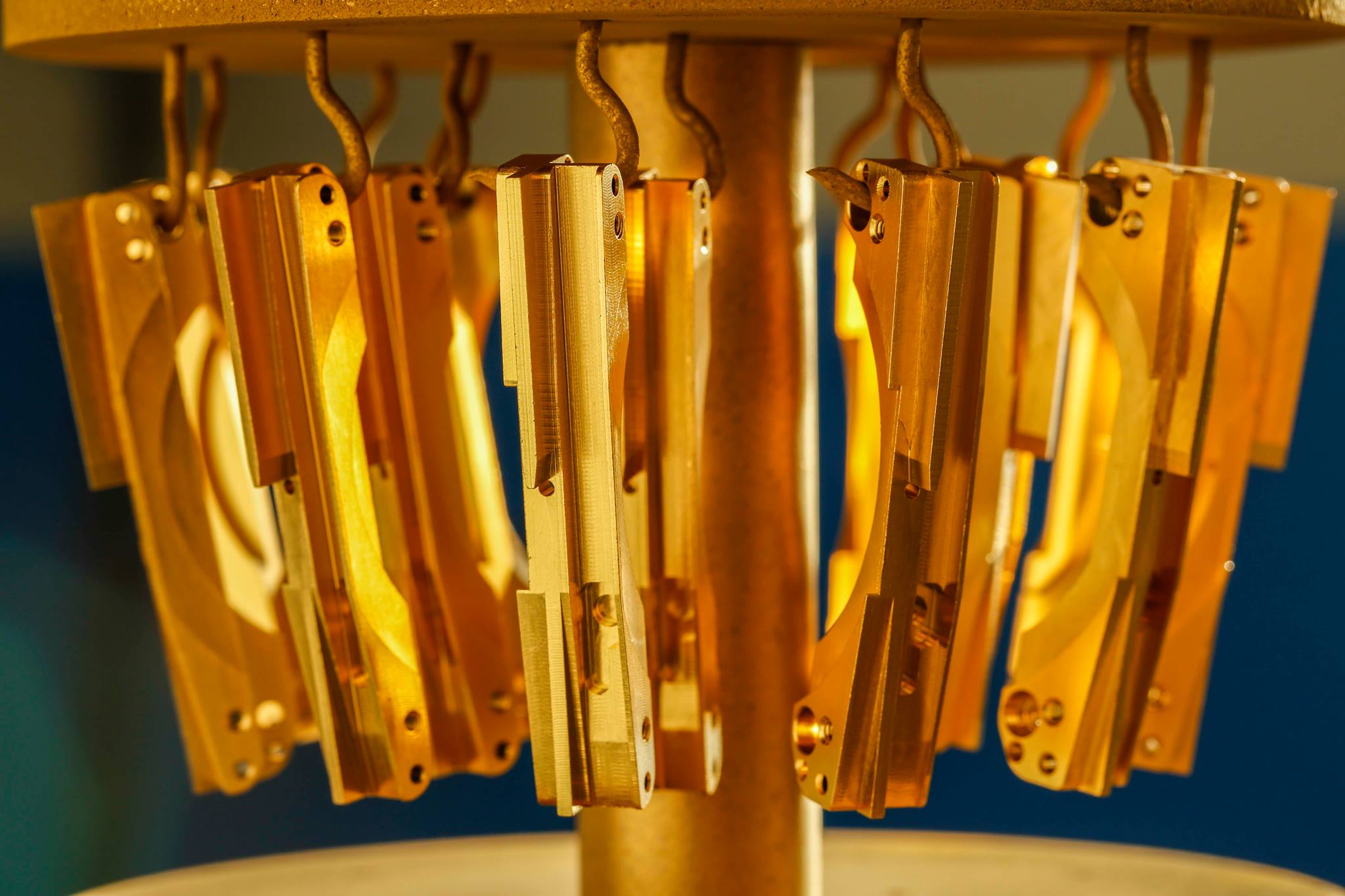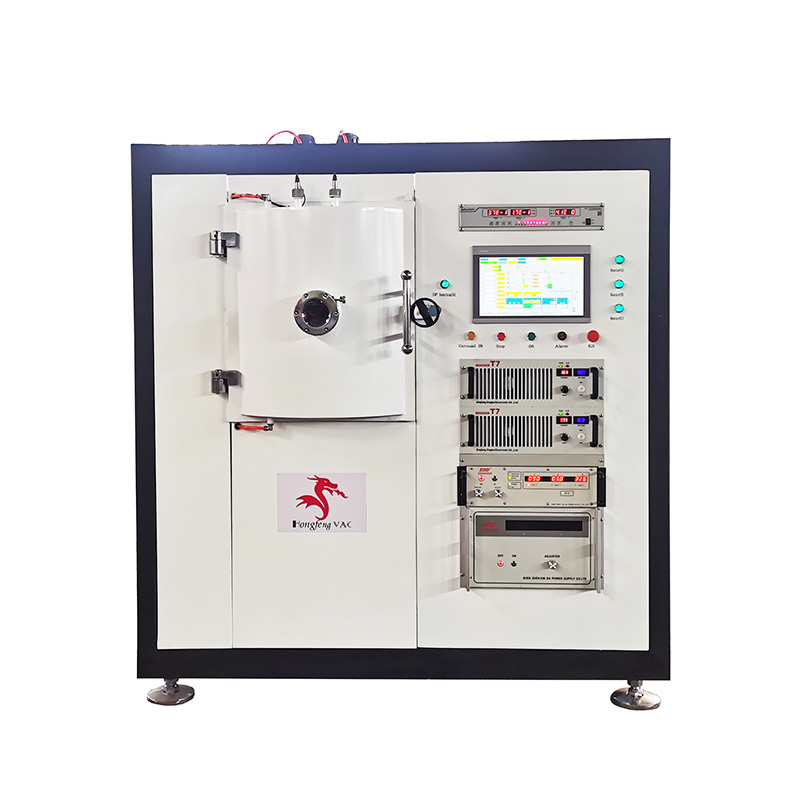PVD coating equipment for Shotgun Accessories

PVD coating equipment for shotgun accessories is capable to form wear-resistant, anti-corrosion or decorative coatings on the surface of accessories through physical vapor deposition technology to improve the performance and service life of accessories. Shotgun accessories, such as barrel, trigger, sight seat, magazine cover, etc., can significantly improve their wear resistance, corrosion resistance, lubricity, and give them a beautiful appearance through PVD deposition coating.
Typical Coatings:
High wear resistance and low coefficient of friction:
Applicable accessories: inner wall of barrel, trigger, moving parts.
Recommended films: diamond-like carbon, CrN, TiCN. DLC film is particularly excellent, with extremely high hardness and extremely low friction coefficient, which can effectively reduce wear and metal adhesion.
Strong corrosion resistance:
Applicable accessories: all external metal accessories, especially shotguns used in humid and salt fog environment.
Recommended coatings: CrN, TiN, AlTiN. These films are compact and can effectively isolate the contact between the substrate and the external corrosive medium.
Aesthetics and Appearance:
Applicable accessories: receiver, guard, magazine cover, sight, etc.
Recommended coating:
Black/Dark Grey: DLC, CrN, TiAlCN.
Gun Gray: ZrN.
Gold/Tan: TiN.
Bronze: TiCN.
Multi-color (camouflage): Multi-color can be generated by controlling the reaction gas and arc current, or multi-color effect can be achieved by mask coating.
Multi-arc ion plating equipment
Working principle: use arc discharge to directly evaporate and ionize target materials (such as titanium, chromium, zirconium and other metals) to form a thin film on the surface of the workpiece.
Advantages
High ionization rate: the film is dense and has strong adhesion, which is essential for gun parts to withstand impact and friction.
Fast deposition rate: high production efficiency.
Various coating layers can be prepared: all the above recommended coating layers can be prepared by changing the target materials of different materials and introducing different reaction gases (N₂, C₂H₂, etc.).
Uniform and stable color: ideal for mass production of accessories with a consistent tactical appearance.
Equipment core configurations recommendations:
Vacuum chamber size: according to your production needs. For small batch customization, a cavity with a diameter of 600 mm-800 mm can be selected; for large-scale production, a cavity with a diameter of more than 1 meter or even larger is needed to load more workpieces at one time.
Number of targets: at least 4 or more, multiple targets such as Ti, Cr, Zr can be installed at the same time to increase process flexibility.
Bias system: It must be equipped with a high performance pulse bias power supply, which can greatly improve the adhesion and density of the film.
Workpiece holder: It is necessary to design a revolve workpiece holder to ensure that all sides of a complex shaped shotgun accessory (such as a barrel) are uniformly plated.
Automation: PLC control system ensures the repeatability and stability of the process and reduce human errors.
Pretreatment
Pretreatment equipment: The success of PVD coating depends on half of the pretreatment. You must include:
Ultrasonic cleaning line: used to remove oil stains.
Plasma cleaning: in the vacuum chamber, can thoroughly remove microscopic contaminants, greatly enhance adhesion. This is an essential link.
Typical process flow:
① Inspection: check whether there is any defect on the surface of accessories.
② Mechanical polishing/sandblasting: to obtain the desired base surface condition (mirror or matte).
③ Load to the fixtures: use special fixture to fix the workpiece on the workpiece rack.
④ Ultrasonic cleaning: remove processing oil and particles.
⑤ Load into the PVD coater: send the workpiece rack into the PVD vacuum chamber.
⑥ Vacuum pumping and heating: The chamber is evacuated to a high vacuum and heated to a predetermined temperature (typically 150°C-450°C).
⑦ Plasma bombardment cleaning: argon is introduced, bias is applied for glow discharge, and the surface of the workpiece is bombarded by ions for deep cleaning and activation.
⑧ PVD Coating: according to a preset process, turning on the target material and the reaction gas for deposition.
⑨ Cooling and pick-up: after the coating is finished, cooling to room temperature under the protection of vacuum or inert gas.
⑩ Off-shelf inspection: check the color and uniformity of the film, and test the adhesion and hardness.

